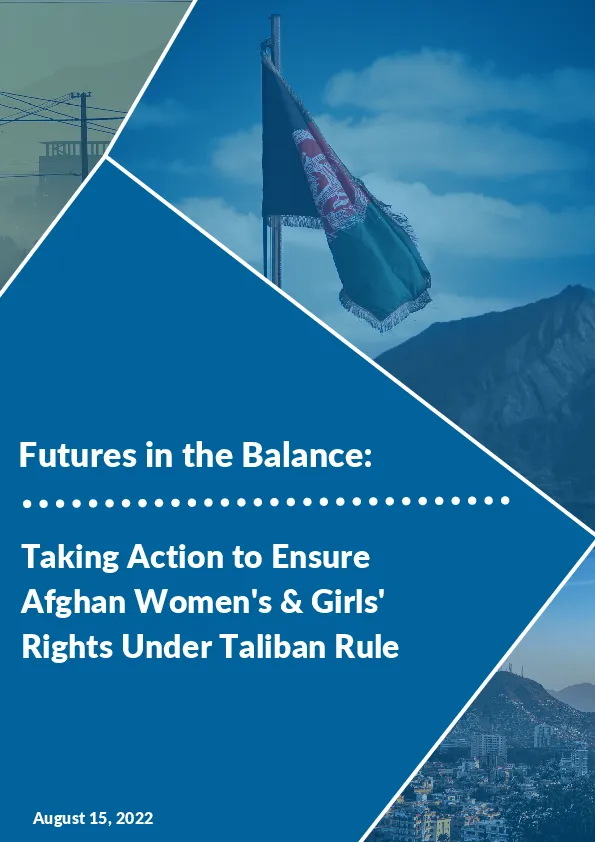
Briefs, Fact Sheets and Brochures
Afghan Children Cannot Wait: The case for investing in their future now
Publication year:
2016
English
Format:
pdf (818.9 KiB)
Publisher:
Save the Children
In 2015, 90,000 unaccompanied children were registered as asylum-seekers in Europe; over half of them were from Afghanistan. A total of 178,000 Afghan asylum-seekers arrived to Europe in 2015, four times as many as the year before.
While many Afghans come to Europe, many more reside in neighbouring countries: 95% of Afghan refugees (2.5 million) are hosted in Pakistan and in Iran. The situation for Afghans residing in Pakistan has deteriorated significantly. IOM reported recently that 600,000 Afghans – registered refugees and undocumented returnees – will return to Afghanistan before the end of the year. According to the Norwegian Refugee Council, 225,000 Afghans have returned from Pakistan so far this year. They are fleeing violence, arbitrary arrest, detention and other forms of harassment in Pakistan.
Afghans constitute the world’s largest protracted refugee population. Half of all child refugees globally come from just two countries: Syria and Afghanistan. But in spite of these stark numbers, very few people seem to ask the question why so many people – so many children – from Afghanistan undertake the dangerous, often traumatising, 5,000 km journey to reach Europe.
As the international donor community gathers in Brussels, October 3-5, 2016, to discuss their future support to Afghanistan, it is crucial to look at the broader context in which Afghan children live, and why they might choose to leave Afghanistan. This briefing tries to shed a light on who these children are, what they are running away from, and the risks they face en route.
Read full abstract
View & Download
English
1 Documents
Document information
Publisher
Format
Content type
Country
Region
Rights
© Author/Publisher
Found a mistake? Help us improve!
If you have noticed a document assigned to the wrong author or any other inaccuracies, let us know! Your feedback helps us keep our data accurate and useful for everyone.
Share
Link

